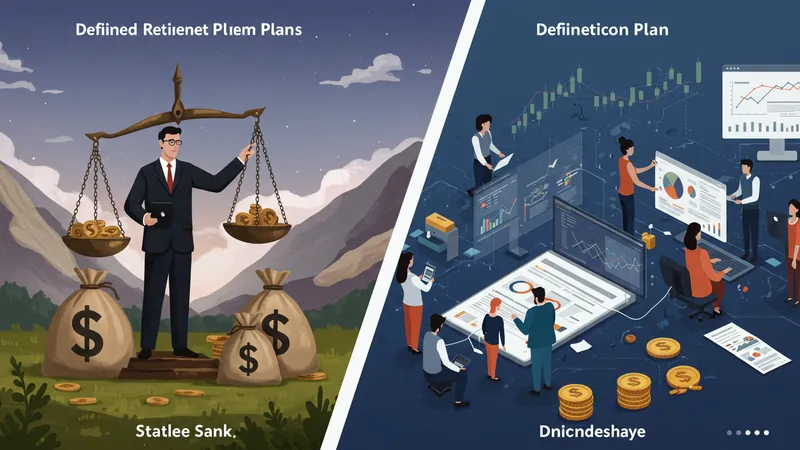
Retirement Pension System Insights Every Professional Should Understand
Types and Features in Retirement Pension System Insights Every Professional Should Understand
The most common pension system structure is the defined benefit plan, popularized by many legacy employers. In this setup, participants receive a guaranteed monthly payment at retirement, typically calculated using a set formula involving years of service and salary average. The employer bears the investment risk, and the payout remains stable regardless of market fluctuations. This approach is highly valued for its predictability, especially by professionals expecting long tenures with a single organization.

Defined contribution plans, on the other hand, have overtaken many traditional pensions due to their portability and flexibility. In these arrangements, both professionals and employers contribute set amounts into retirement accounts, which are then invested in mutual funds or other vehicles. The eventual retirement amount depends on total contributions and investment performance. While these plans come with more personal control, they also shift investment risk to the individual, making education and periodic reviews essential.
Hybrid pension designs are increasingly prominent, combining aspects of both major models. For example, cash balance plans offer a “deferred return” formula with individual accounts and a guaranteed minimum interest credit. These plans are often introduced as a middle ground to balance employer sustainability and employee security. Professionals should investigate if their organization provides such schemes and how accruals and payouts compare to more traditional options.
Pension plan features can also differ on ancillary benefits—such as survivor options, early retirement clauses, or disability coverage. These elements may significantly enhance the value or versatility of a professional’s retirement income. Awareness and selection of these features can fine-tune retirement planning, ensuring that the system chosen matches one’s career and life goals as closely as possible. The next section will explore how contributions and management choices impact retirement outcomes further.